FASH 2010 Privacy / 7. February 2010
André Filipe Ferreira Amorim
| 3rd Prize European Fashion Award FASH 2010 |
|
| Hello, Grandma! |
The cultural ability to speak a special language with the help of fashion defines status in today’s society. Everyone under 30 years old tries to look more individual than anyone else – an explosion of perspectives. All has become a part of the fashion community. „The omnipresence of fashion and the uniformity despite all that individualism inspired me to exclude everything trendy from my project. Instead, I took a look into my grandmother’s closet. I found diamond patterns, coarse fabrics, pleated skirts, many aprons and black fringed kerchiefs. In my women’s collection ’Hello, Grandma!’ I combined these conservative elements with the elitist reality. The clothes tell stories like my grandmother’s wrinkled face in the window.” |
| Jurybegründung | “Hello, Grandma!”, the work of André Amorim, is gutsy, fresh, and exciting. He is the only one who deals with the generation gap in his project submitted to the European Fashion Award FASH 2010, entitled “Privacy”. It is touching how André Amorim uses the very personal history of his own grandmother as an inspiration. André Amorim derives progressive, fashionable solutions with new and young details, proportions and patterns. The complicated cuts are impressive when seen on a body as well as on the catwalk. The tailoring is exceptional; accessories such as the shawl perfectly complement the outfits.Jury member Marcel Herrig, Unicut Design Office, Shenzen/China |
| Ausbildung | 8th Semester Escola Superior de Artes Aplicadas de Castelo Branco, Portugal Dozent: Brigida Ribeiros |
| Contact | andre_amorim86@hotmail.com |
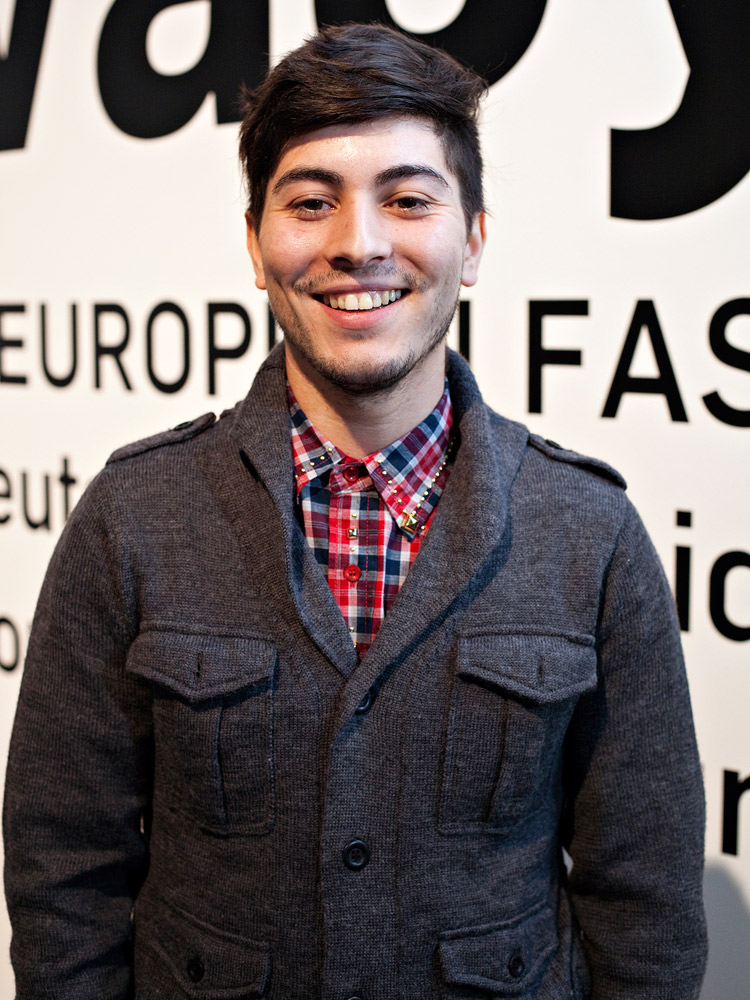
FASH 2007 The Fine Art of Travelling / 2. February 2007
Karen Scholz
| 2nd Prize European Fashion Award FASH 20071st Prize Special Award Fashion Branding 2007 |
|
| Team | Karen Scholz Joan Tarragó Papalona |
| Drawellink Places |
“Drawellink Places” is an interdisciplinary project between fashion and painting, Berlin and Barcelona, two- and three-dimensional representation. |
| Jury Statement | The inspiring work “Drawellink Places” convinces with a comprehensive presentation. The strong idea to transfer the graffiti culture from building walls to clothing and luggage has been implemented consistently with appropriate means. Regardless of whether clothes, bags or accessories, “Drawellink Places” is outstanding in all areas. For example, there is a balance between “loud” clothes, which are very ornamental and graphic (rather for a house party or an art exhibition) and “soft” ones, which only show stylistic references (such as a coat for an elegant dinner). This demonstrates a good example of the variety and flexibility, which is important for a fashion brand. Contrary to other submissions for the special prize of Fashion + Brand (which did not have sufficient substance for an award), this succeeded because the brand idea and not a logo is the focal point. In short words: if you know who you are, you also know you look like. Additionally, not only the fact that the culture of street art has not only been transferred professionally is outstanding, but also the fact that the cheerful and poetic spirit has been maintained. The clothes invite the user to play and interact, to communicate and personalize. The longer you deal with the products, the more you discover and enter into another world. Karen Scholz and Joan Tarragó Pampalona are two very skilled designers, who would be perfect to work together with Marc Jacobs for Louis Vuitton for a season. Jury Member Gion-Men Krügel-Hanna, Senior Designer Interbrand Zintzmeyer & Lux, Zurich |
| Education | Diplom 2006 Kunsthochschule Berlin-Weißensee Prof. Rolf Rautenberg |
| Contact | creatist@karenscholz.net |
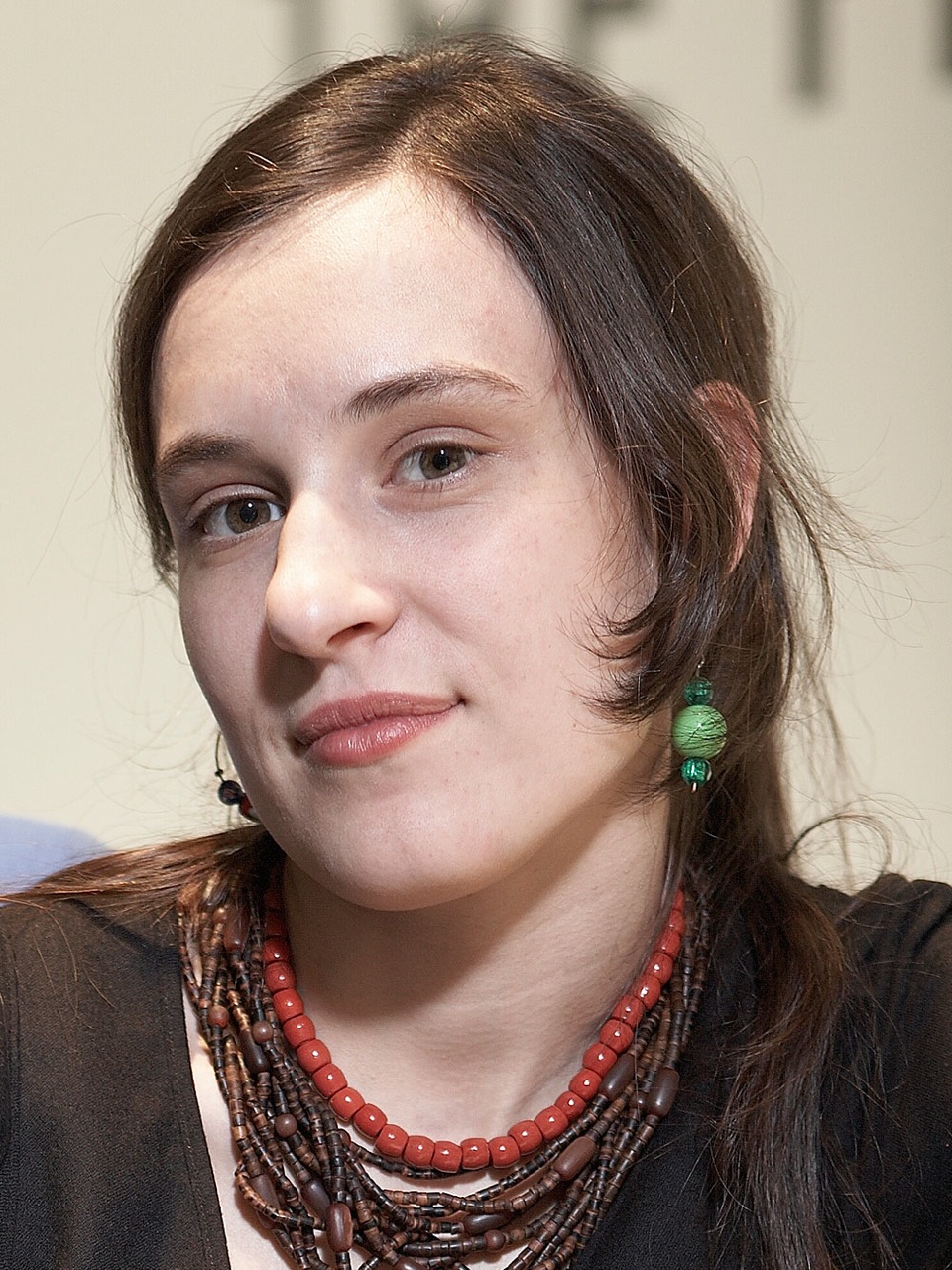
FASH 2007 The Fine Art of Travelling / 2. February 2007
Joan Tarragó Papalona
| 2nd Prize European Fashion Award FASH 20071st Prize Special Award Fashion Branding 2007 |
|
| Team | Karen Scholz Joan Tarragó Papalona |
| Drawellink Places |
“Drawellink Places” is an interdisciplinary project between fashion and painting, Berlin and Barcelona, two- and three-dimensional representation. |
| Jury Statement | The inspiring work “Drawellink Places” convinces with a comprehensive presentation. The strong idea to transfer the graffiti culture from building walls to clothing and luggage has been implemented consistently with appropriate means. Regardless of whether clothes, bags or accessories, “Drawellink Places” is outstanding in all areas. For example, there is a balance between “loud” clothes, which are very ornamental and graphic (rather for a house party or an art exhibition) and “soft” ones, which only show stylistic references (such as a coat for an elegant dinner). This demonstrates a good example of the variety and flexibility, which is important for a fashion brand. Contrary to other submissions for the special prize of Fashion + Brand (which did not have sufficient substance for an award), this succeeded because the brand idea and not a logo is the focal point. In short words: if you know who you are, you also know you look like. Additionally, not only the fact that the culture of street art has not only been transferred professionally is outstanding, but also the fact that the cheerful and poetic spirit has been maintained. The clothes invite the user to play and interact, to communicate and personalize. The longer you deal with the products, the more you discover and enter into another world. Karen Scholz and Joan Tarragó Pampalona are two very skilled designers, who would be perfect to work together with Marc Jacobs for Louis Vuitton for a season. Jury Member Gion-Men Krügel-Hanna, Senior Designer Interbrand Zintzmeyer & Lux, Zurich |
| Education | 11th Semester Facultat Belles Art de Barcelona |
| Contact | IamJoanTarrago@gmail.com www.joantarrago.com |
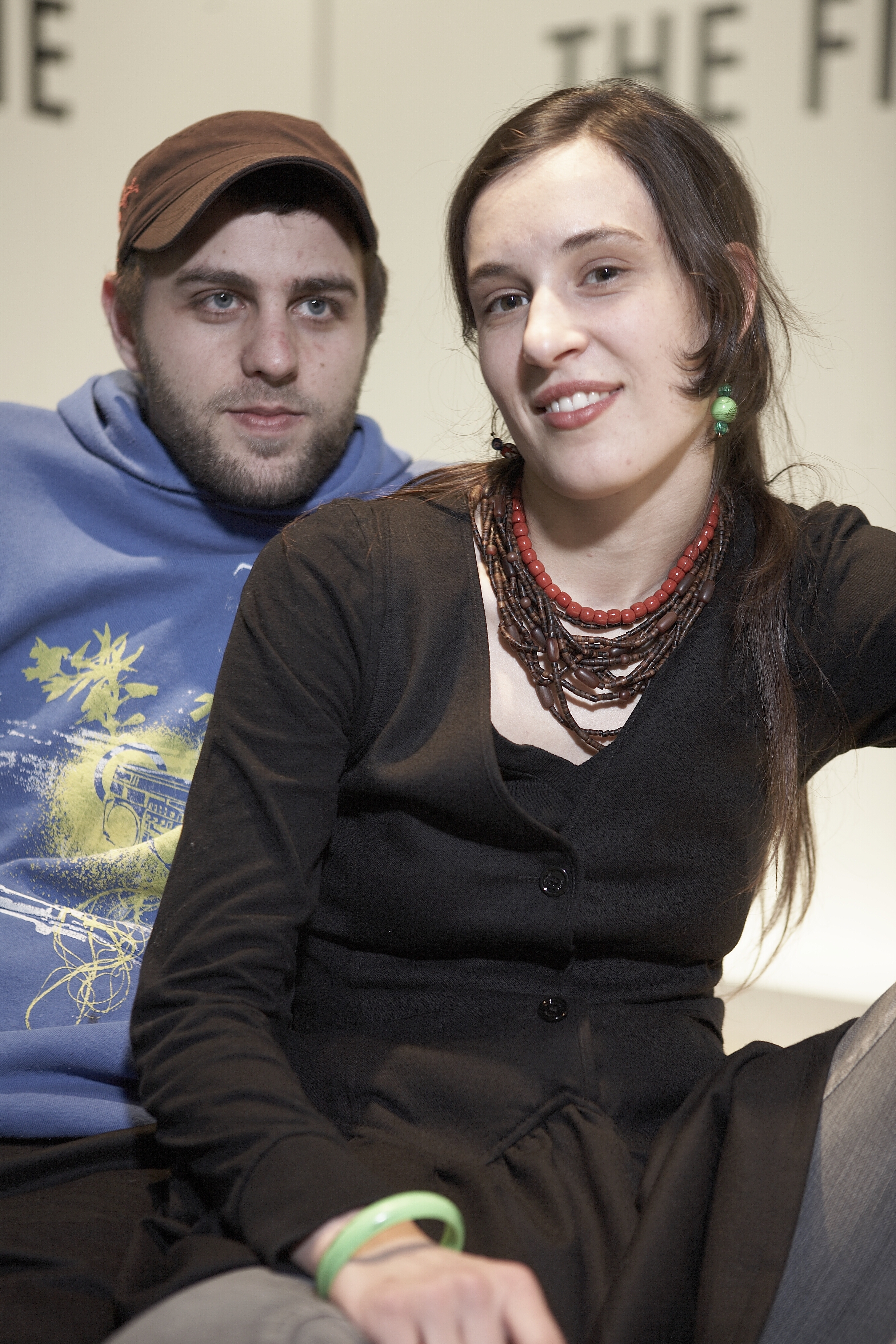
FASH 2006 Local – Global / 29. January 2006
Bianca Koczan
| 1st Prize European Fashion Award FASH 2006 |
|
| Clothing Factory |
“Clothing Factory” deals with the topic of men in blue as the uniform of the socialist worker milieu. A business model with responsible production in East Germany, interdisciplinary work structures, and a three-part collection for men and women were designed. The authentic ready-to-wear clothing is divided into “Gray” (subtle basics with intellectual character, which do justice to the requirements of profitable production and leave room for individual changes), “Print” as fanciful and eye-catching counterpoint as well as a bag and bandana collection. This is a clothing rooted in the local culture and shaped by a comprehensive concept, which reflects on what we experience as a newspaper and examines the system of fashion. An ironic manifesto. |
| Jury Statement |
Bianca Koczan won first prize by a wide margin. Her Master’s thesis “Clothing Factory” fulfills the objectives of the contest in an ideal way.
The starting point “work”, one of the most pressing problems of our time, was selected cleverly and strategically. The collection divided into three parts is already a very appealing idea. The seeming simplicity of work clothes as a type has been taken apart intelligently and ironically. As a result, she has created a very varied but stringent collection, which is rich in references. She not only masters the vocabulary of fashion impressively, but only speaks it with a new accent. Technique and design are implemented with a great deal of professionalism and perfection. Her interdisciplinary work with designers for textiles, accessories, graphics and photographs, something rarely seem in this extent, without relinquishing responsibility for the result is also praiseworthy. Her work is also extraordinary, because the structural changes in fashion are analyzed and discussed cleverly in the concept of newspaper documentation. The concept is far-reaching, conclusive, stimulating and exciting and demonstrates the rare but urgently required double-gift of visual and verbal force of expression. Ms. Koczan always maintains the necessary distrust of her own perception and interpretation in her search for subjective truth. She fights with her work against the widespread longing for security in that she compares the need for continuity, honesty and tradition with a powerful identity of that which is genuine, original and transparent. From this only seemingly naïve longing for one roots, the future grows for a very battered and often hysterical and elitist fashion industry Consistently with the above, Ms. Koczan designed a business model for the future, which takes production, communication and distribution into consideration. This complex work was created, because she not only wanted to reach people, but also to get them to act. She consciously follows Joseph Beuys in that she wants to “show people something, with which they can identify.” Ms. Koczan does not misunderstand design as superficial change as is so often the case, but instead as an expression of ethics and strategy. This pronounced and legitimate attitude shapes the complex coding of the products. Consequently, Ms. Koczan is in the tradition of the modern, in which design is not seen as solely an aesthetic expression, but always as a means of social, economic and ecological change too. With that, she demonstrate an intricate and very modern understanding of fashion. All of this is possible, because Ms. Koczan works self-assuredly and rooted to her native soil instead of striving for vain self-expression. This work is practical and innovative, interdisciplinary, extremely varied and powerful on a high international level in precisely the way, in which promising works are defined today. In all of this, Ms. Koczan is not set on the style shown in this work, but instead she demonstrates the potential of working out new paths again and again. Member of the Jury: Joachim Schirrmacher, Creative Consultant, Berlin |
| Education | Diplom 2005 Burg Giebichenstein – Hochschule für Kunst und Design Halle / University of Art and Design Halle Prof. Thomas Greis, Prof. Joachim Schielicke |
| Contact | biancakoczan@vverk.de www.vverk.de |
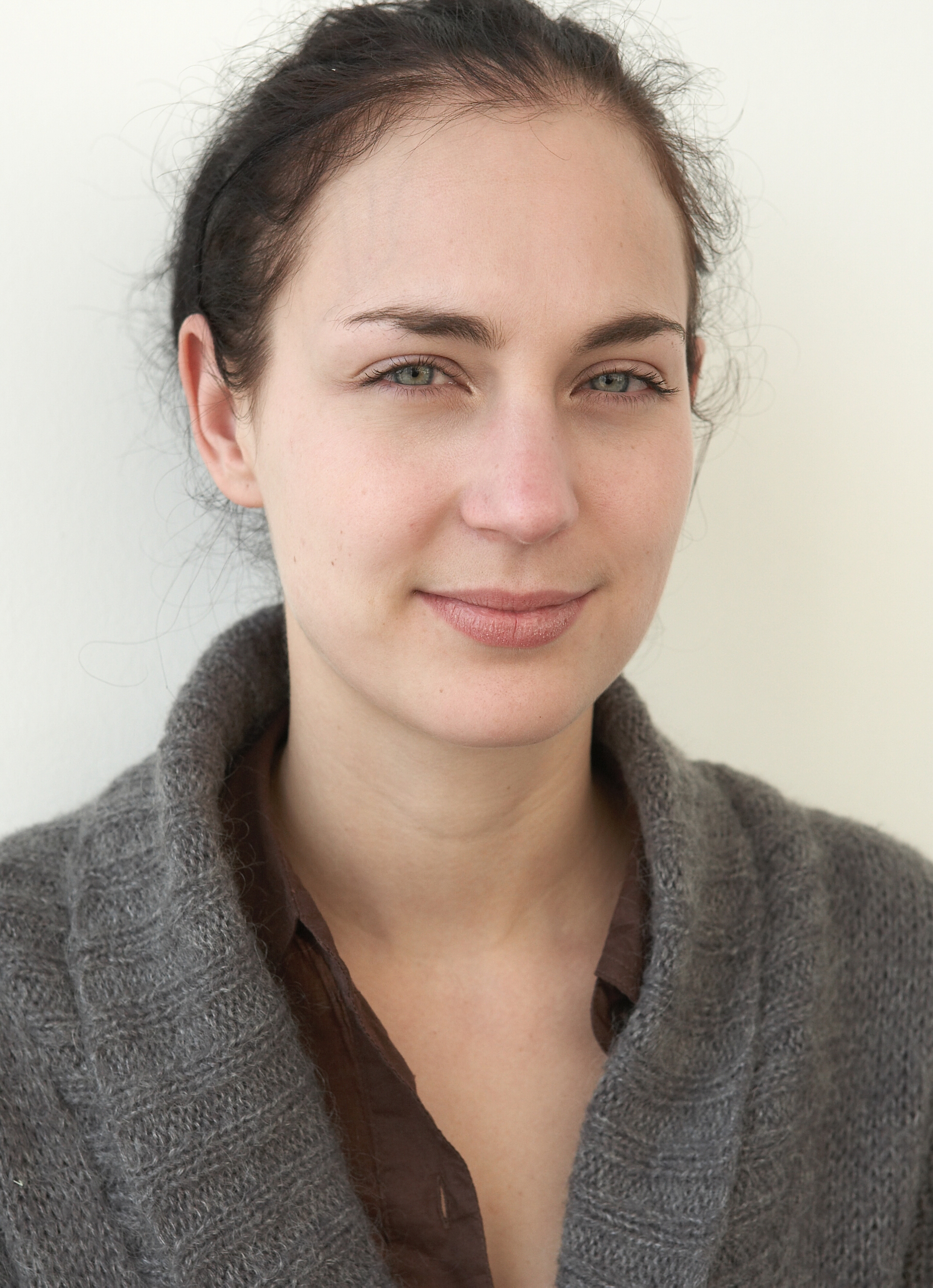

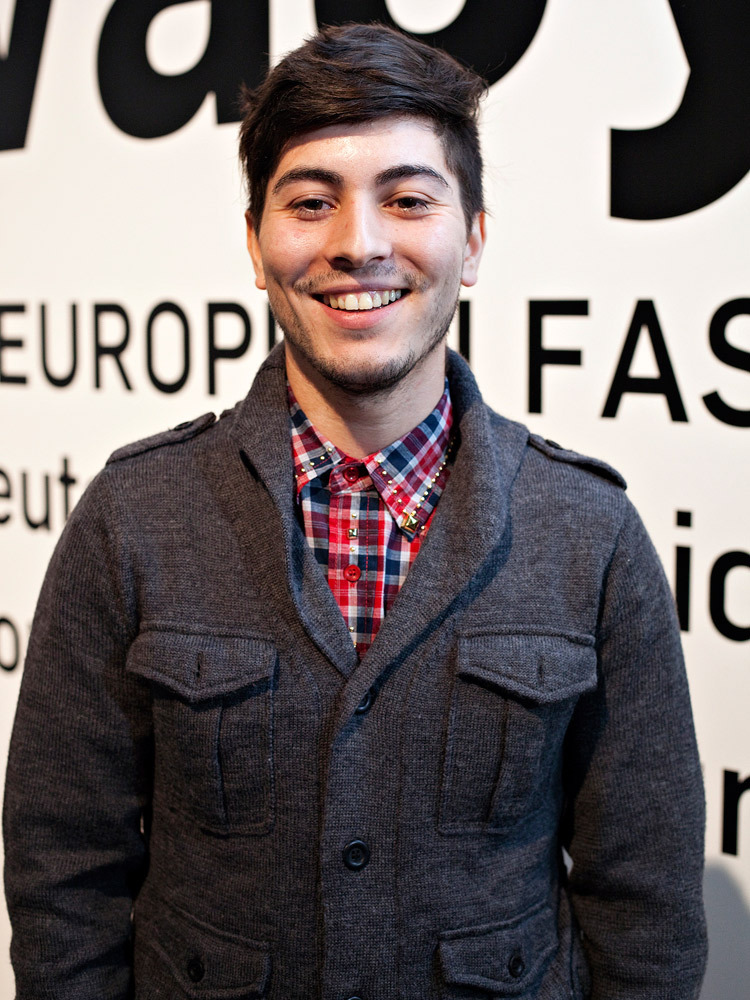
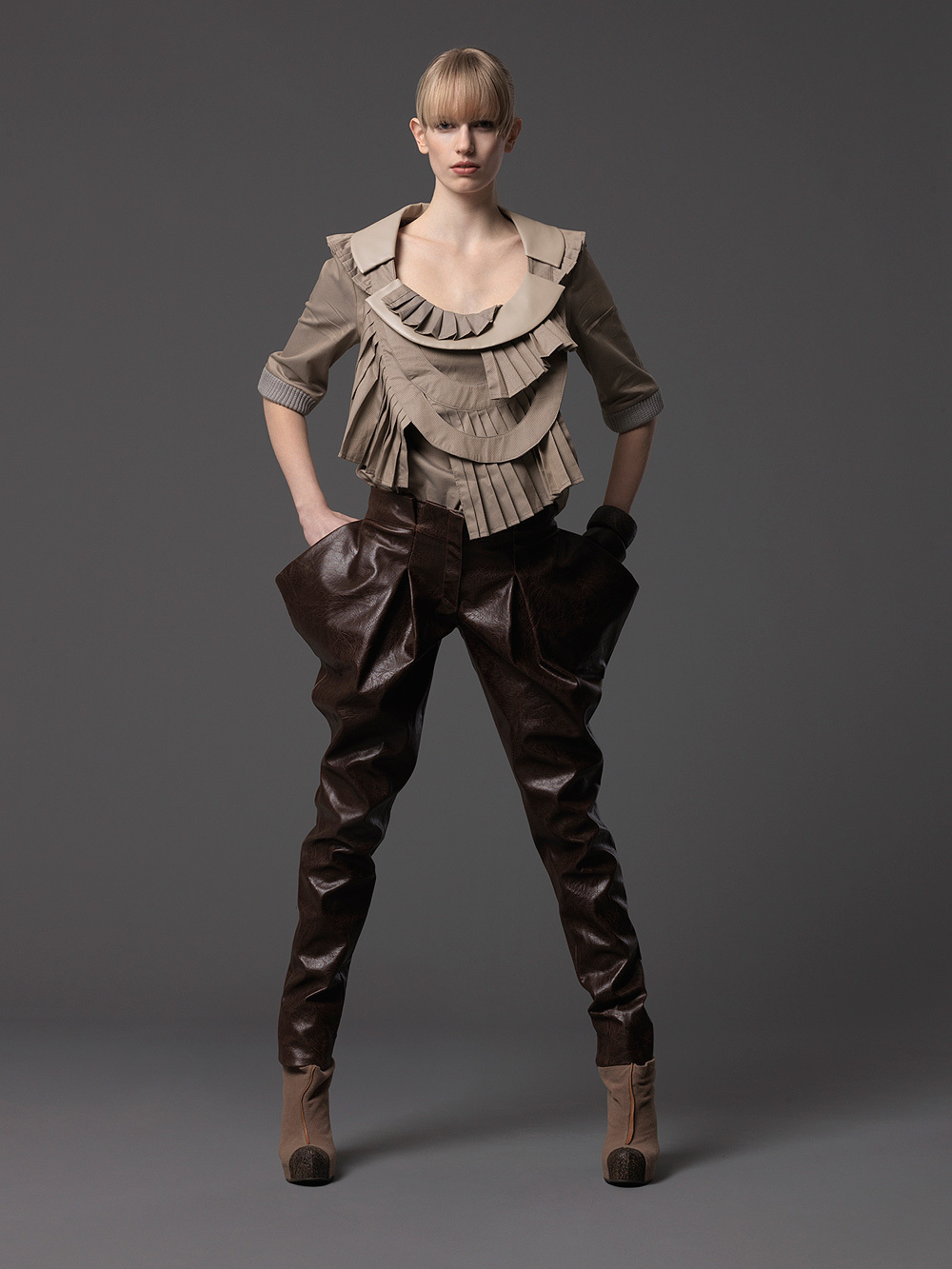
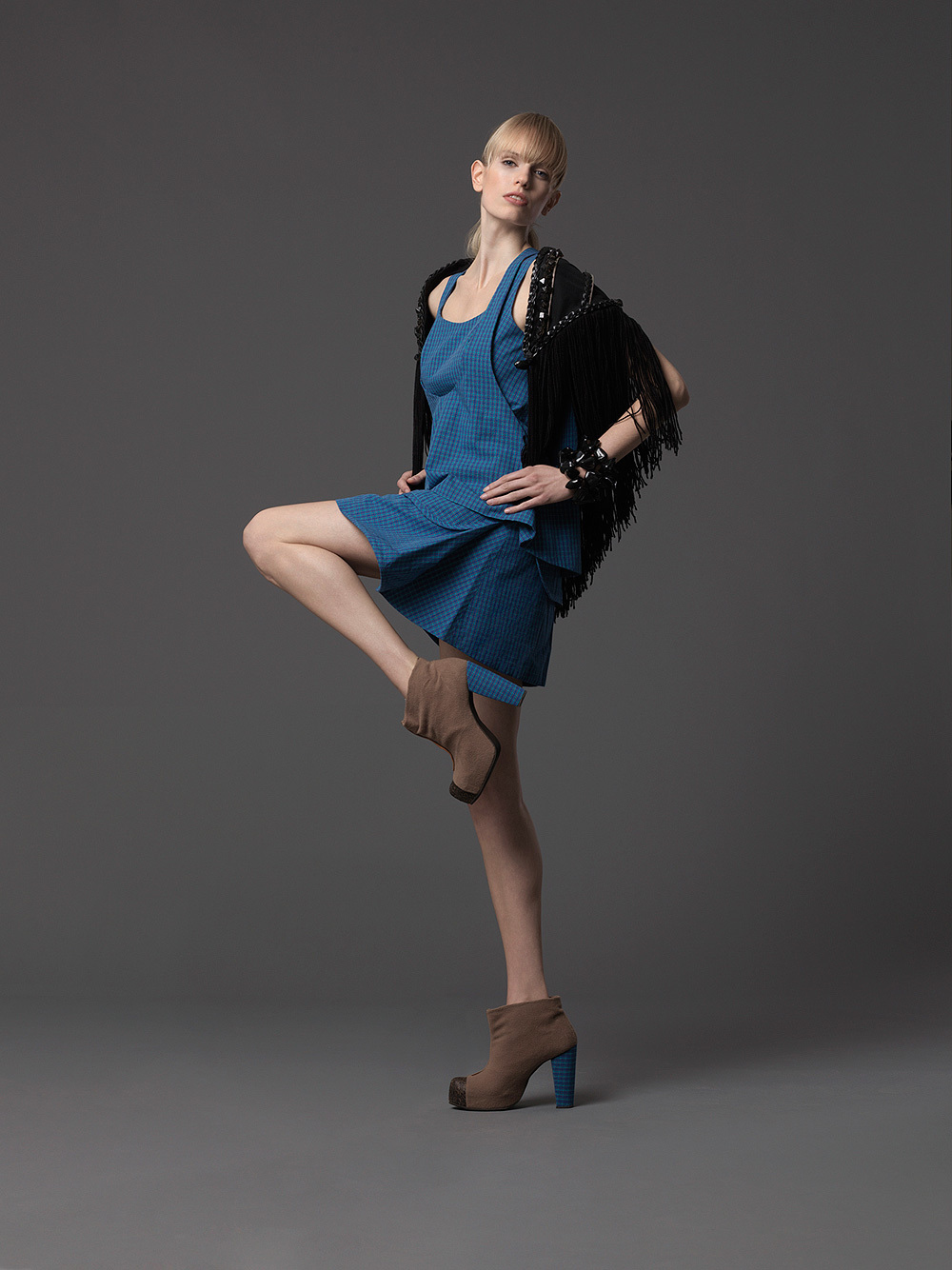
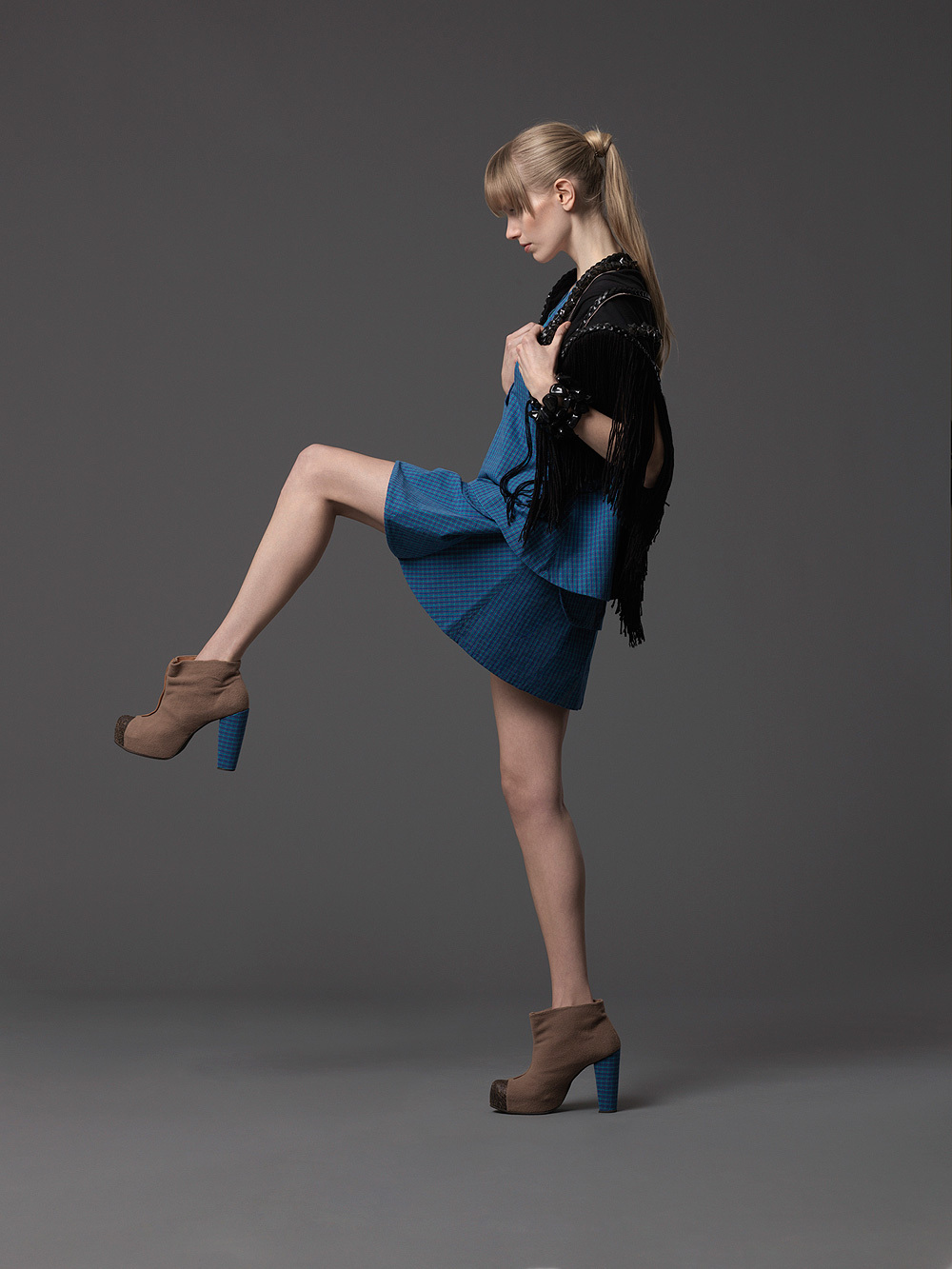
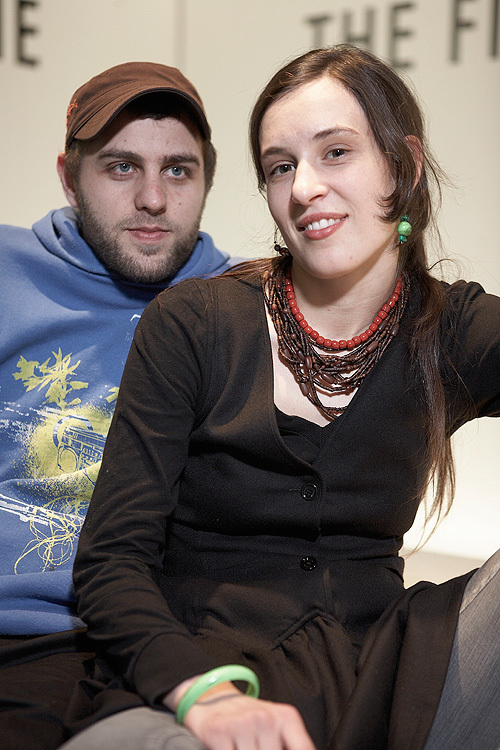
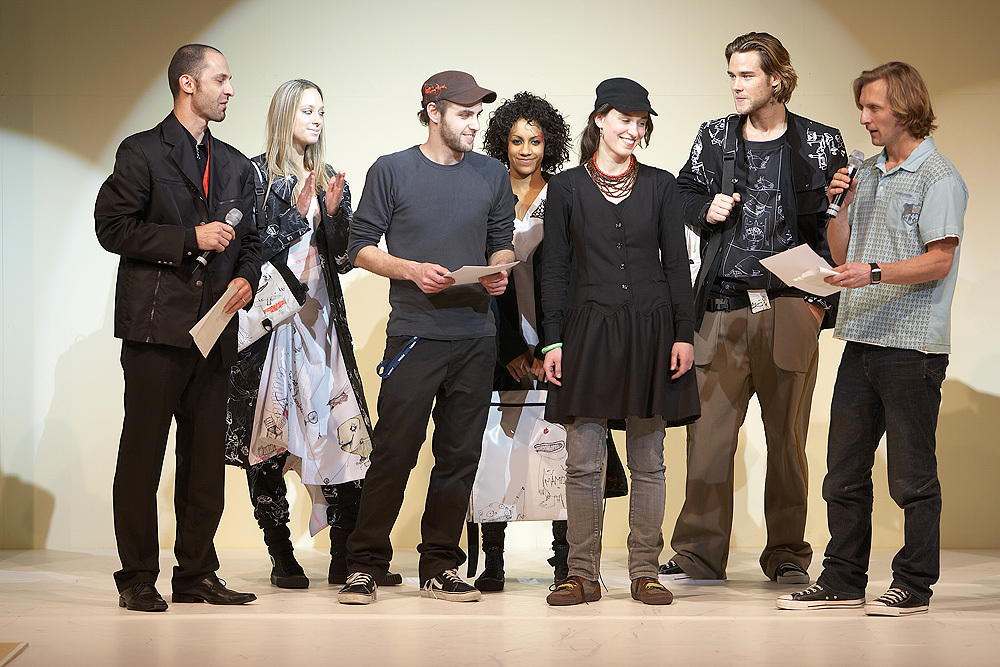

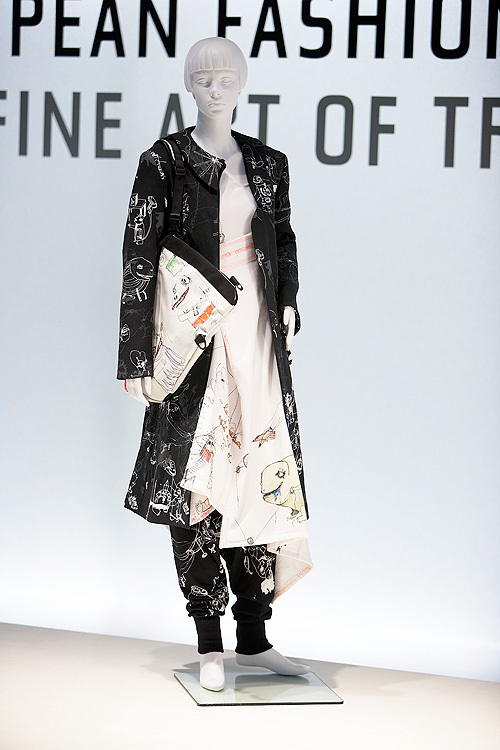
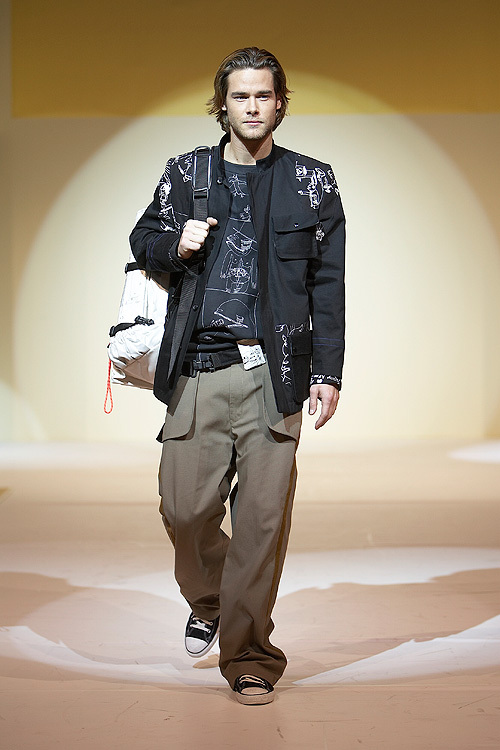
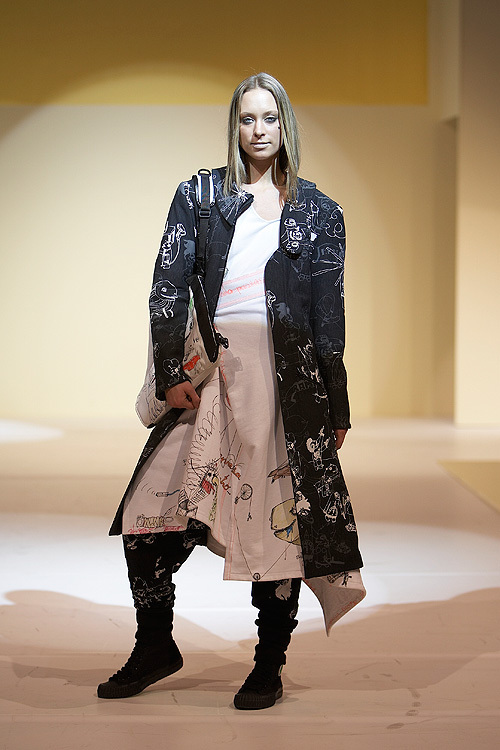
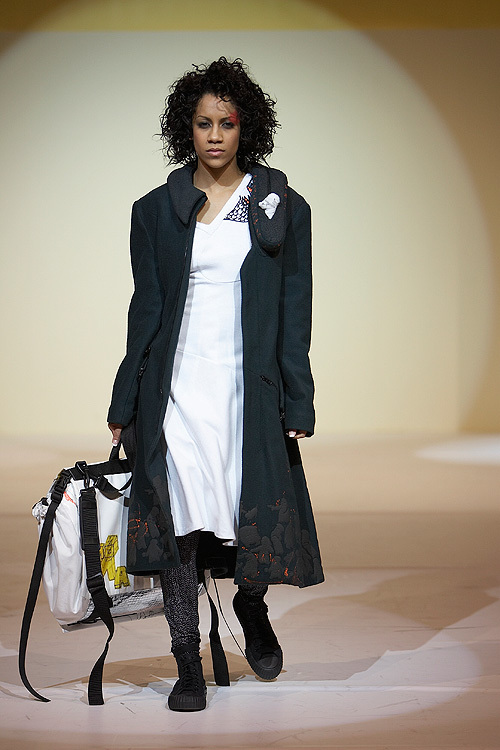
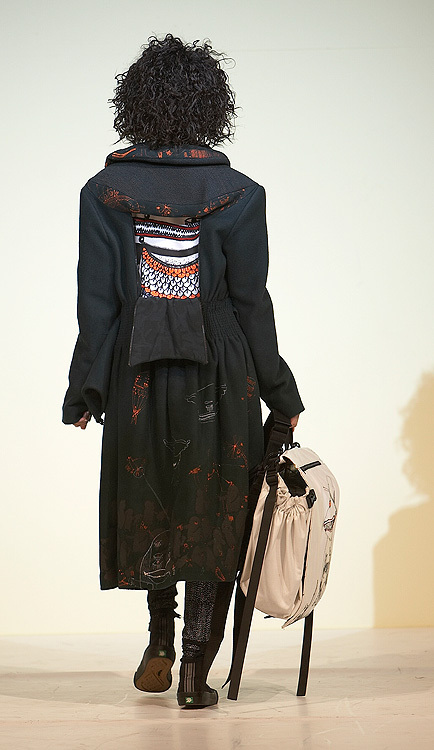
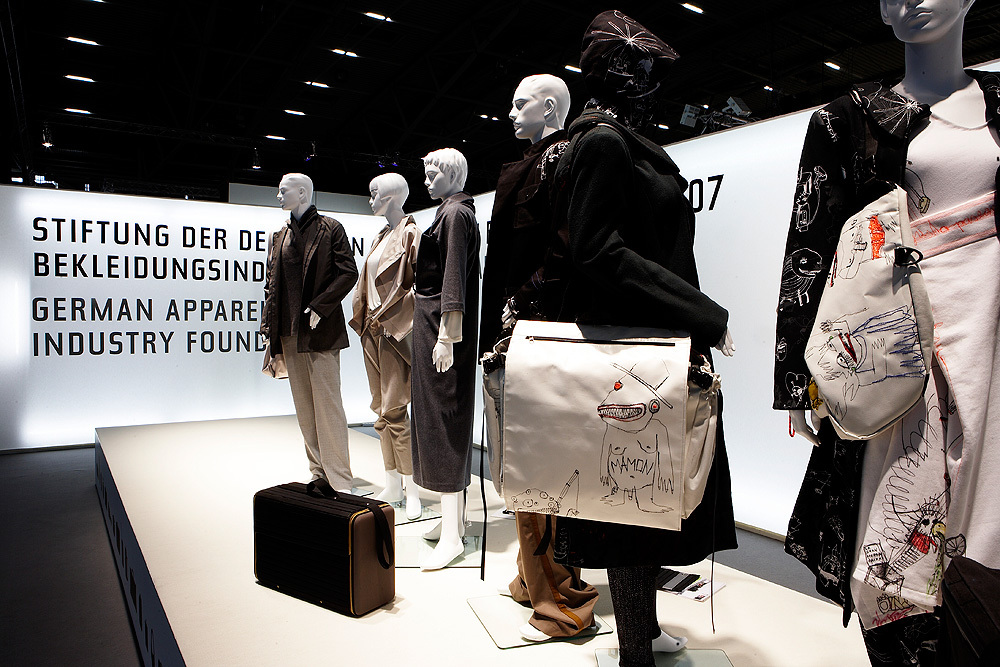
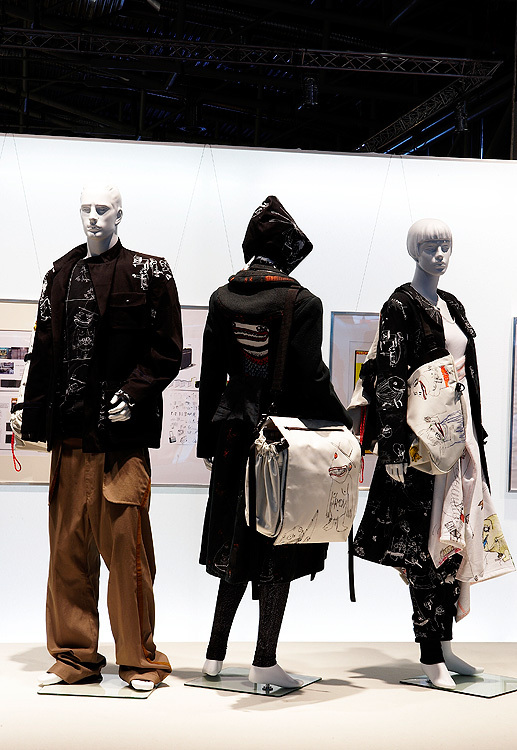
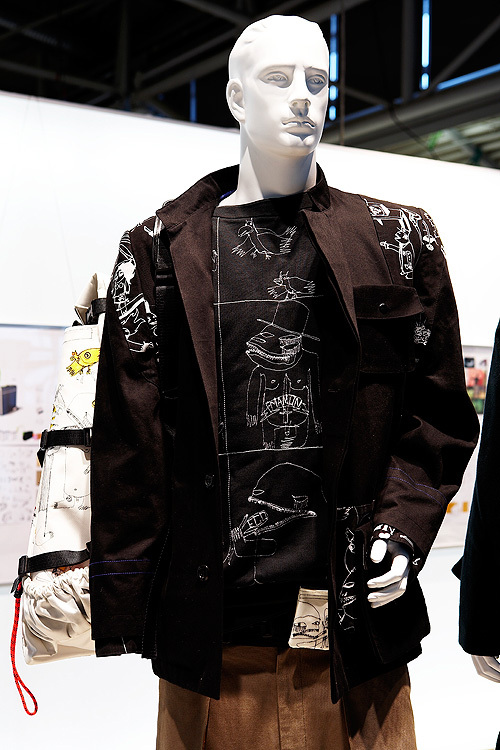
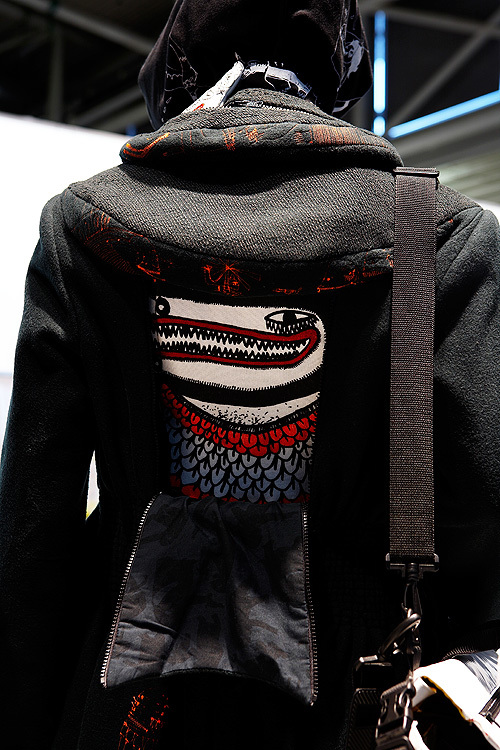
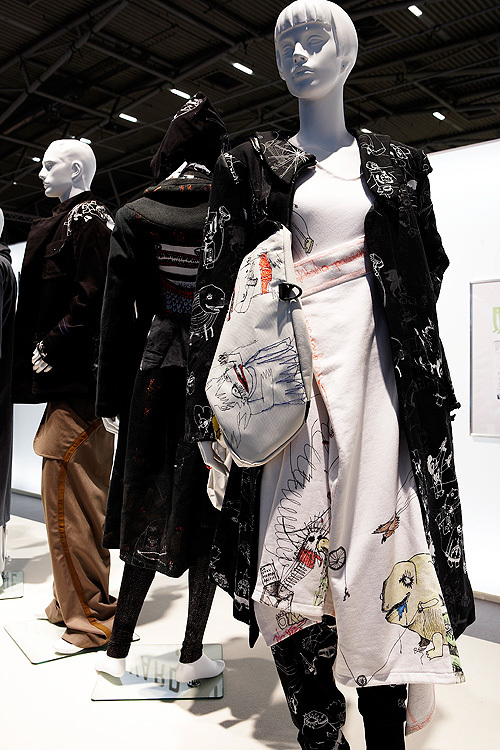
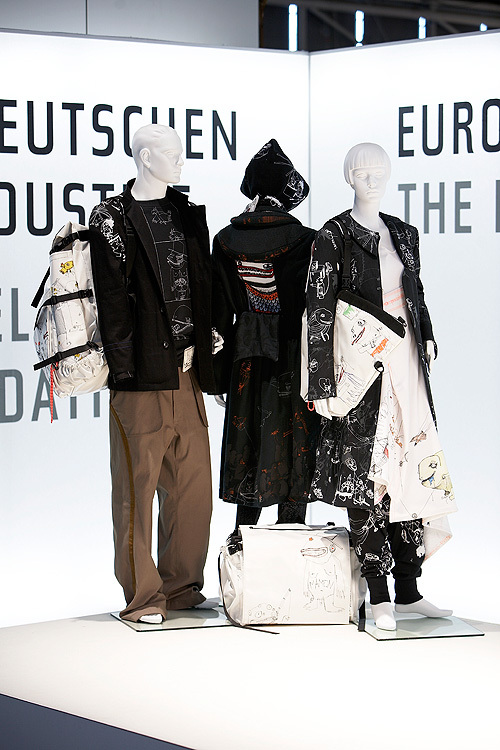
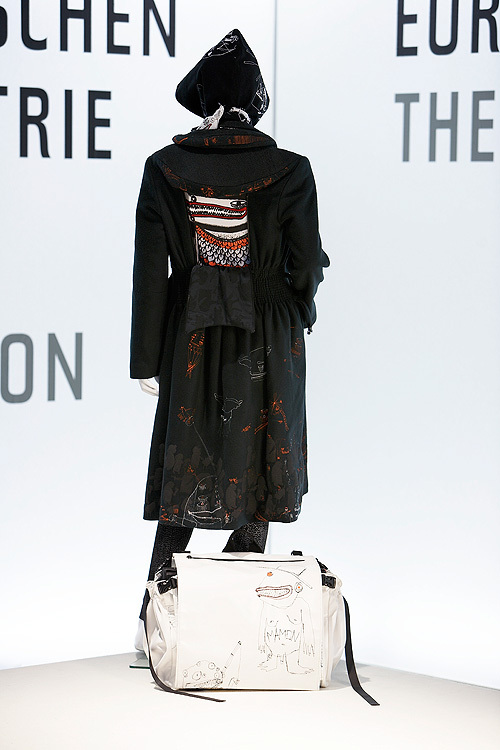
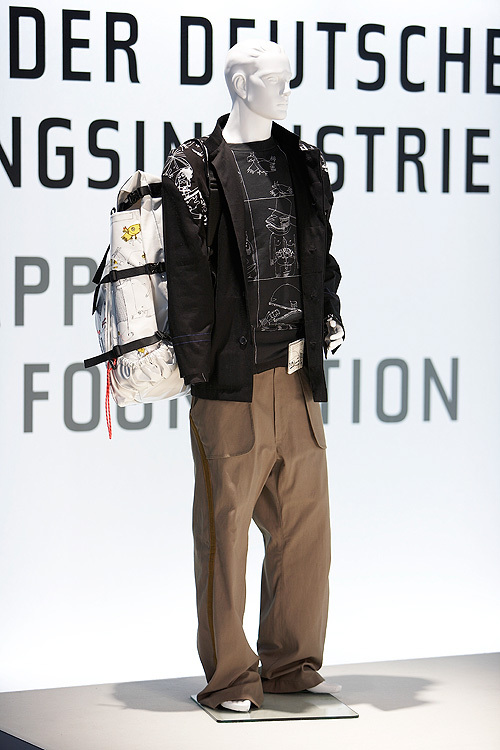
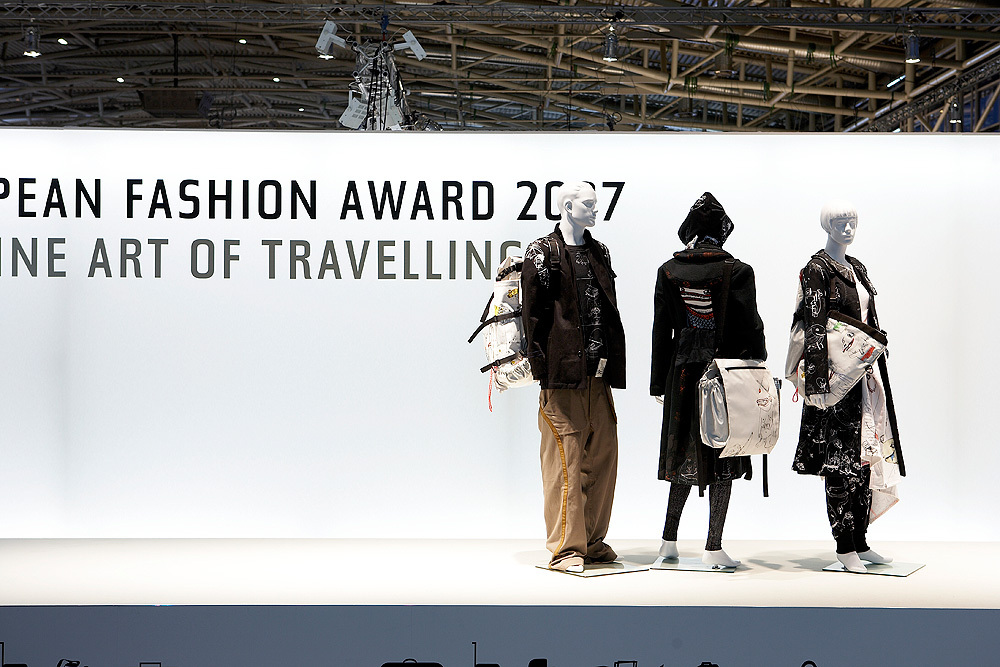
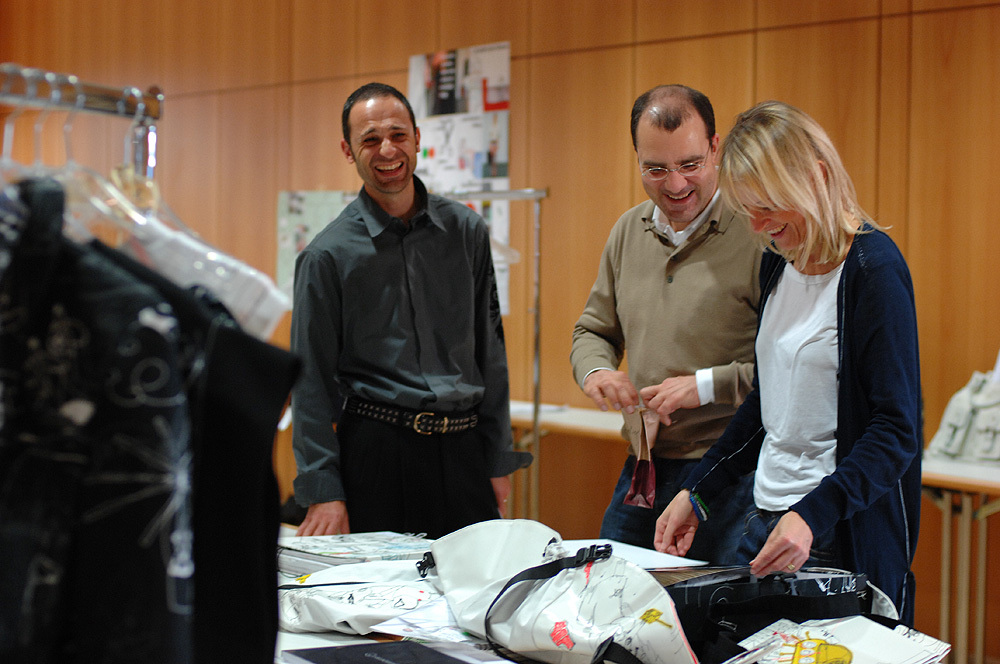
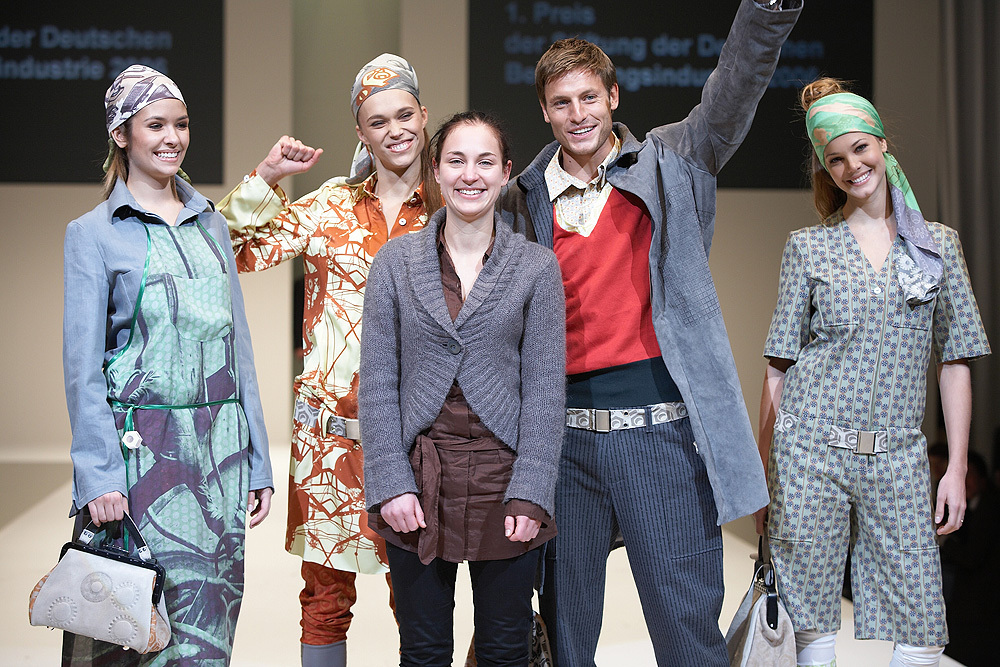
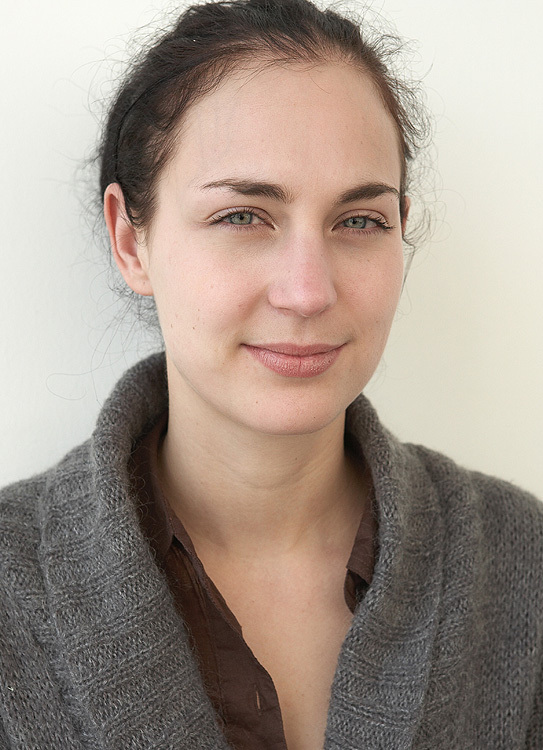
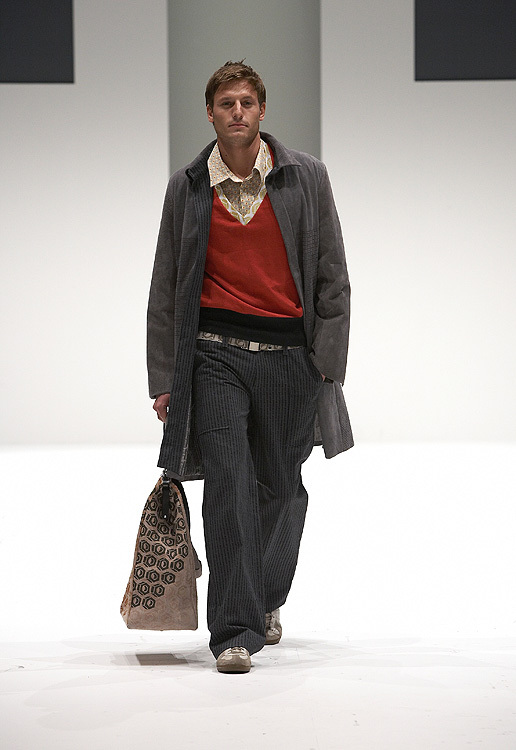
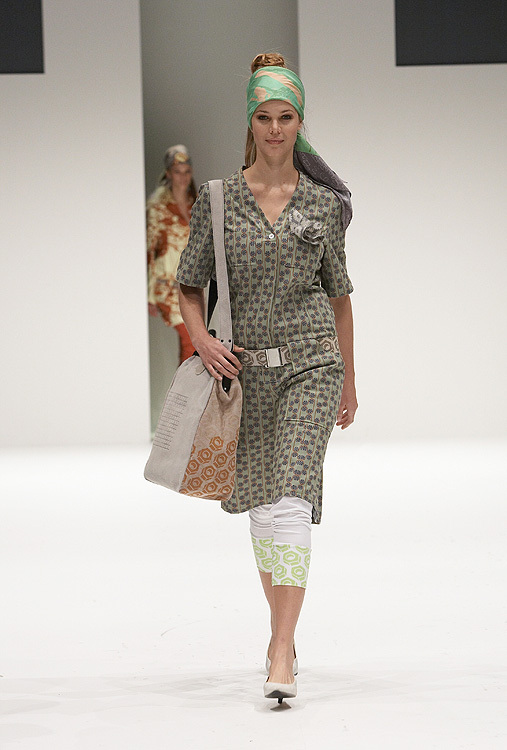
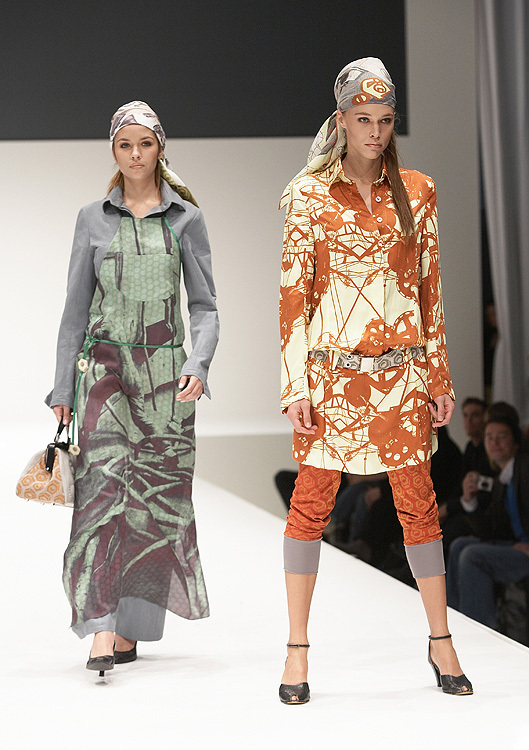
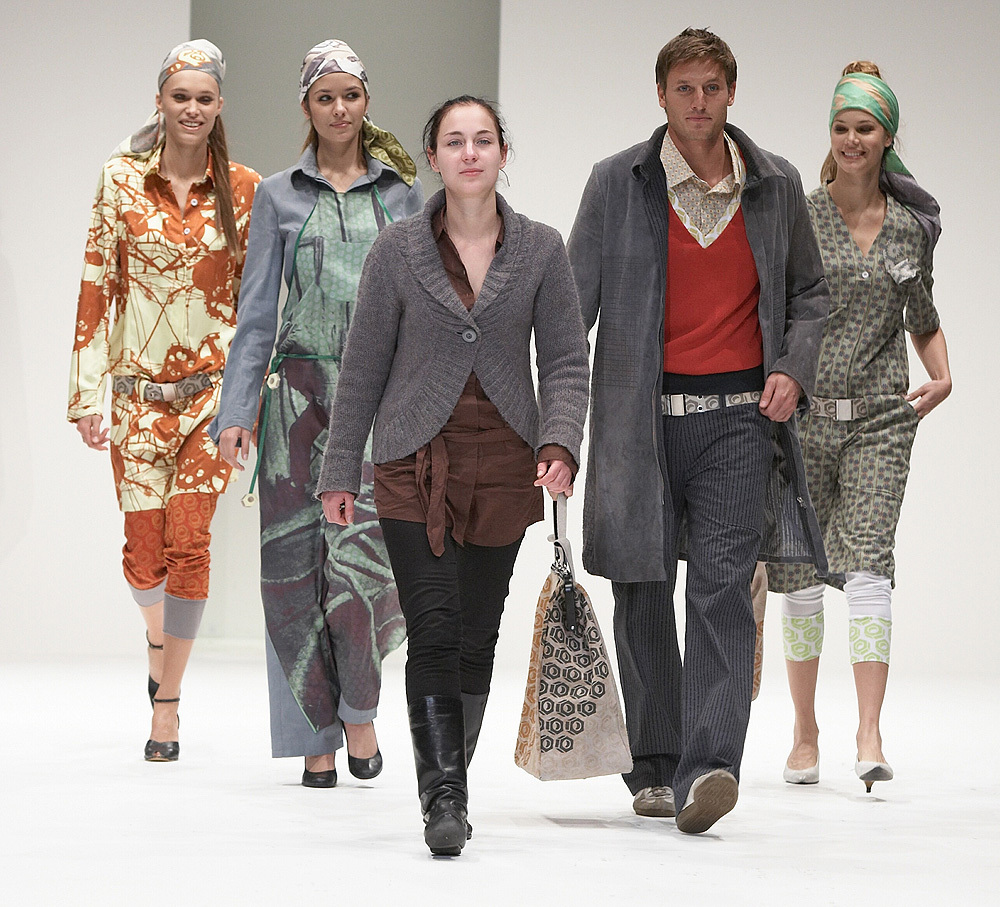
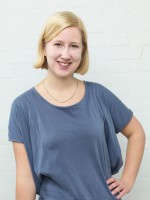 Hildemieke Vis
Hildemieke Vis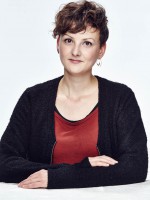 Lilly Bosse
Lilly Bosse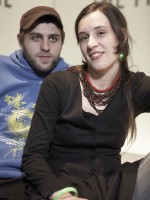 Joan Tarragó Papalona
Joan Tarragó Papalona